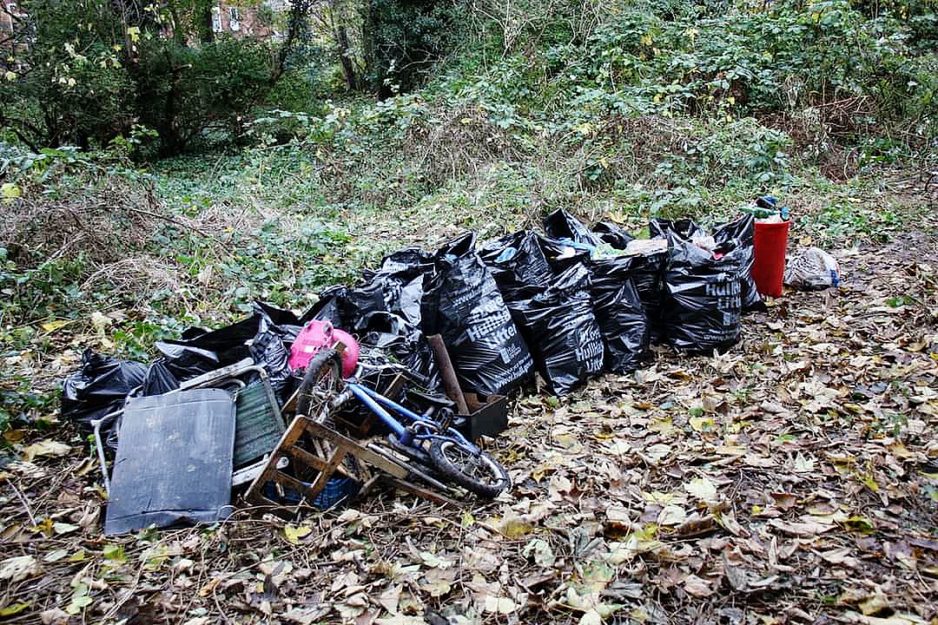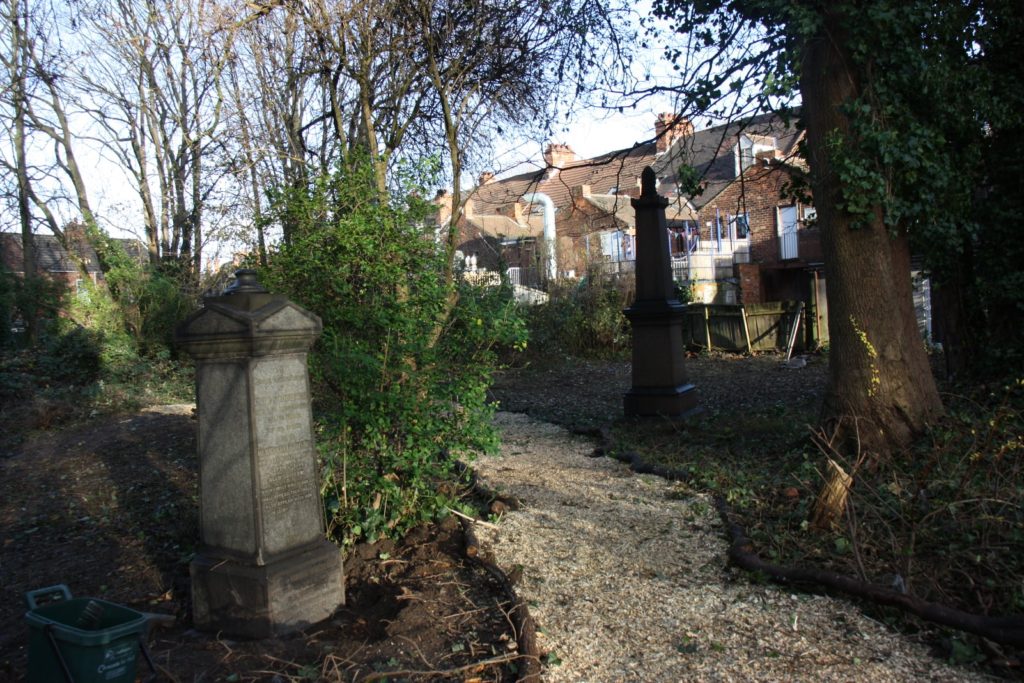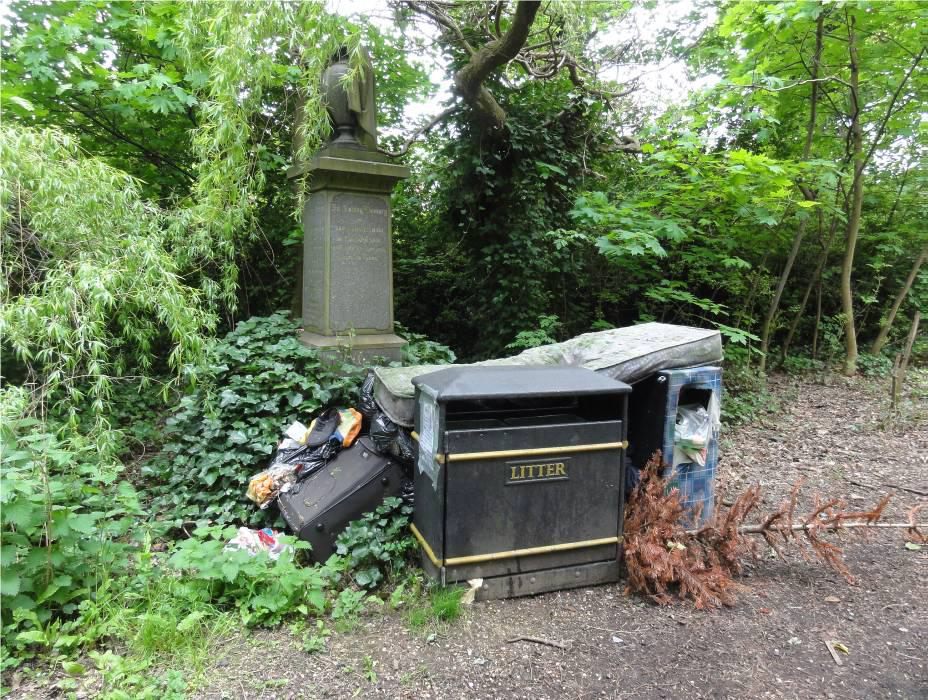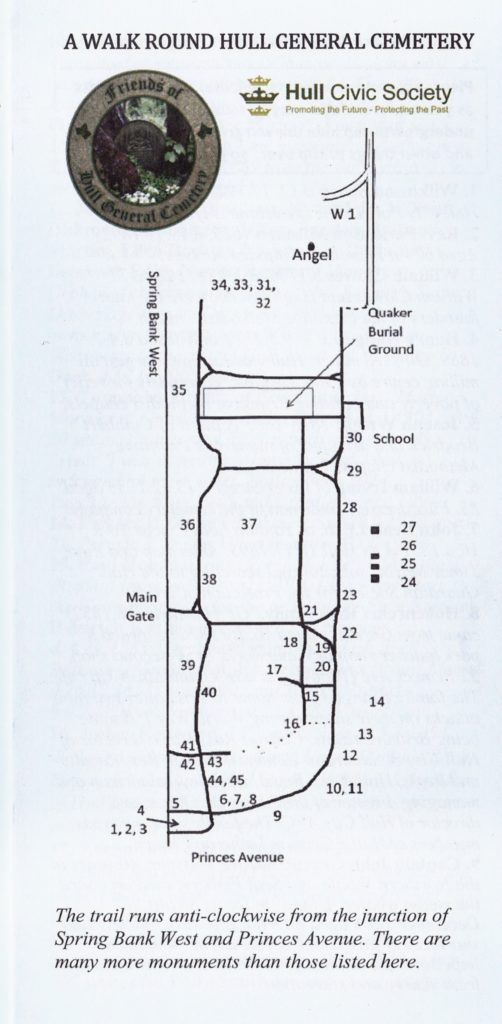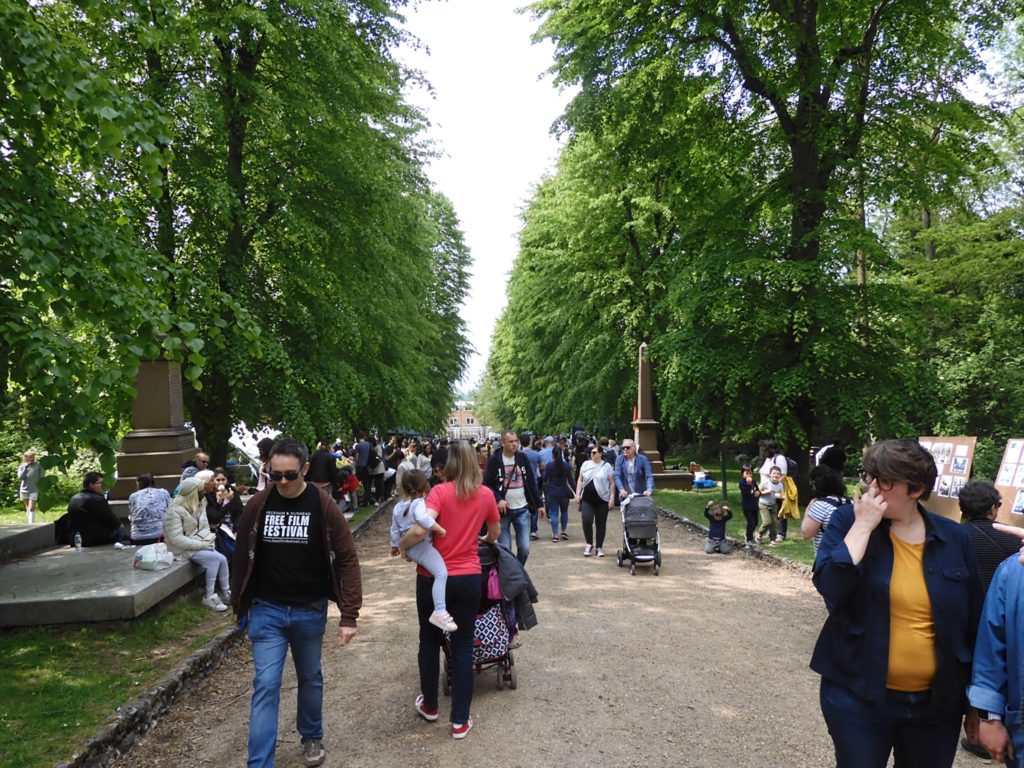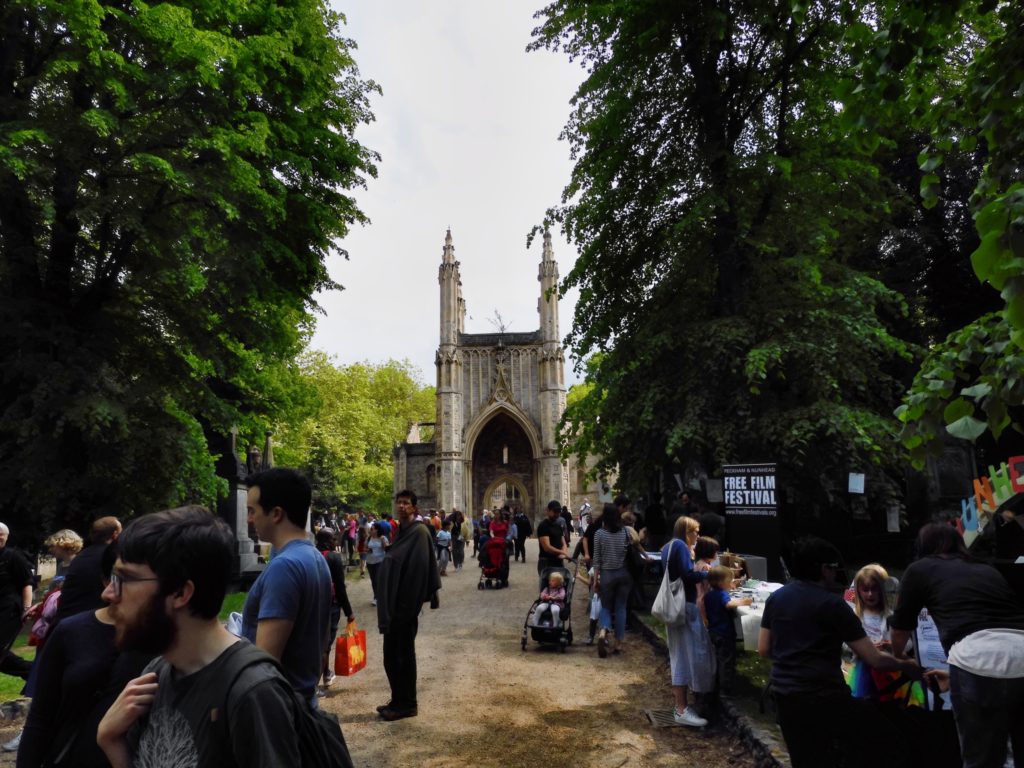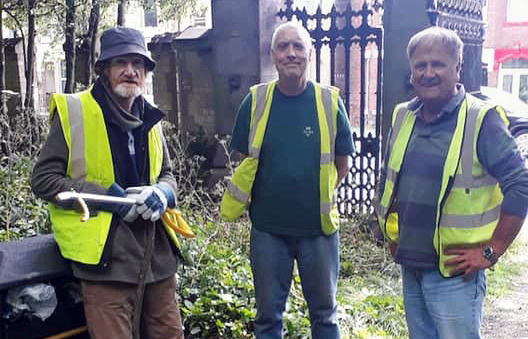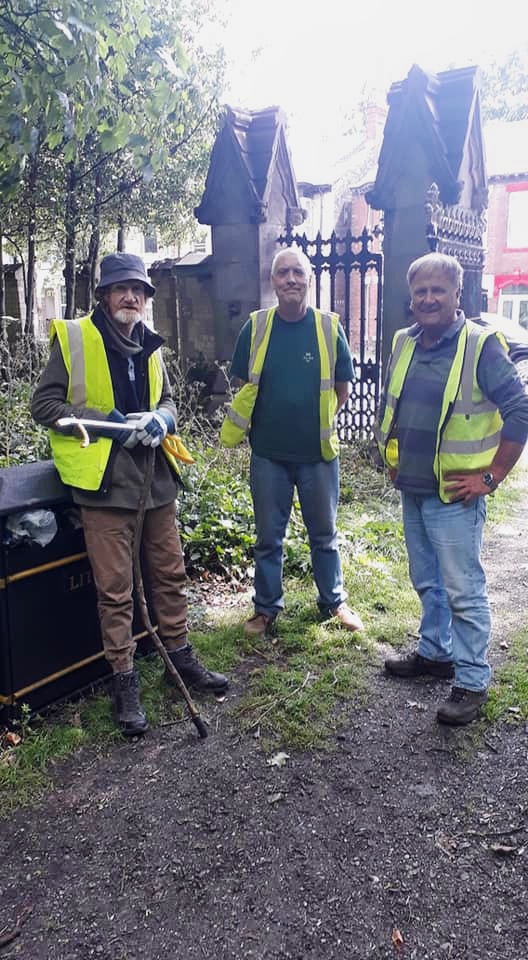I posted about this site visit last year. Here’s the minutes of that meeting as agreed by both the Council officers and the FOHGC.
Summary of Meeting at HGC 14th December 2020
Present: Bill Longbone, George Matkin, Helen Bovill (Volunteers), Jennifer Woollin – HCC Open Spaces Development Officer, Adam Sivel-Thompson – Arboriculture Officer
Meeting:
JW & AST attended site un-announced, in response from a complaint by a member of the public who thought that we were cutting trees down in the cemetery.
As both Adam and Jennifer had not been in the cemetery for over a year, they were initially taken aback at the scale of clearance and how much work had been undertaken in the area behind the shops, and thought that we had removed several trees. We confirmed that we had cut back elder behind the shops near Prim Corner, but most of the clearing was the removal of brambles. Adam advised that we shouldn’t cut back any branches of trees that exceed 75mm without Planning Permission, we accepted this. HCC would lead and advise where tree removal was required.
They were aware that the lime tree had fallen in August 2018, and where happy that we had constructed a hibernacula from the fallen branches. We showed them the area in the far corner behind Welbeck St, and advised that we proposed to leave this wild and overgrown. They were both pleased with this, but advised that in response to a subsidence claim, the Council were required to remove the two mature ash trees in this area. The trunk and branches would be left in situ to decay naturally.
The subject of the INCA Report was discussed. WL mentioned that we would like to construct a wildlife pond and JW mention this was a recommendation within the INCA Report. WL had been informally advised by HCC that it was probably a health and safety concern. JW thought that it was a good idea to progress, and suggested that we should formally submit our proposals.
FOGC gave HCC representatives a guided walk around the cemetery, and we discussed works that had been undertaken and the vision for the different areas. FOGC identified the problems with the muddy paths and that they were continually spreading chippings to keep the paths passable. AS-T stated that he would arrange for the council to deliver chippings to the site so that the volunteers could spread them. This would save the volunteers time in chipping and dead wood habitat could be retained on site.
HCC were shown the ‘butterfly area and plaque as well as the hawthorm/buckthorn plantings, plaque and owl boxes.
JW and AS-T suggested that we should remove ivy from headstones and ‘specimen’ trees was acceptable, but should generally leave it on other trees. Similarly, it was recommended that we cut back select areas ivy on the ground and remove sycamore saplings to encourage light and increase the diversity of ground flora. Selective removal of non-native shrubs should be undertaken and replaced with native shrubs layer. The use of non-native species is supported in part in line with the original planting and to increase diversity of species to make the woodland resilient to the impacts of climate change.
HCC supported the management of areas as open glades and rides. FOGC advised that they had undertaken a provisional tree survey in the cemetery, and of our ambition to plot these on a GPS digital map. AST confirmed that he had such a map, and would undertake a detailed survey of the trees. HCC offered their guidance and assistance in habitat management and working together to take advantage of various grants that would help to improve the value of the woodland. HCC said they would look at options to improve the ground and shrub layers in the cleared areas and would ensure they visit the site in order to provide positive outcomes for the site.
WL said that he would submit pond proposal.

Pete Lowden is a member of the Friends of Hull General Cemetery committee which is committed to reclaiming the cemetery and returning it back to a community resource.

